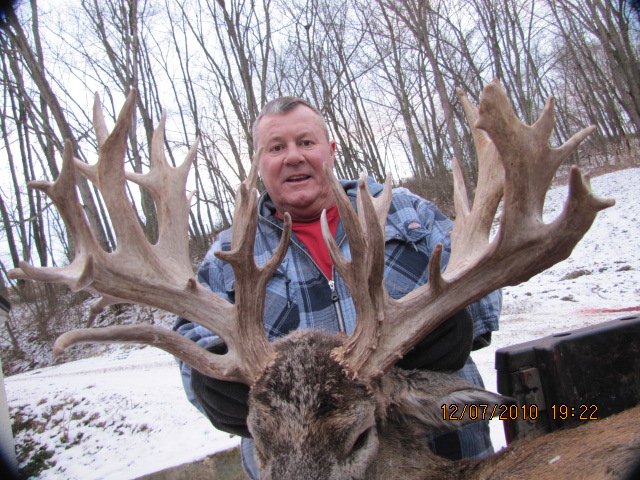There are a variety of answers to the question “When do whitetail bucks sleep?” The first step is to understand what sleep is. Sleep is a period of time in which the brain recharges. It is different from being unconscious and gives animals time to respond to a variety of stimuli.
Whitetail deer spend a lot of time in their bedding areas. They move around a lot, but they also rest and sleep there. They use bedding areas to groom themselves, chew cud, and rest. In their bedding areas, they also groom other deer. This is why they are often found in a group of two or three.
When deer sleep, they tend to sleep near a point or ridge. This gives them more cover and protection against predators. Also, they tend to sleep on their points so they can get a clear view of the ground. The position also allows them to have 360 degrees of scent and sight coverage. This ensures that they are protected from predators, and their ears and nose will remain open to listen for a threat.
While deer are often awake and alert during storms, they tend to sleep during the day. During downpours, they can graze in fields, avoiding predators. And because deer have thick fur, they can easily move in the rain without creating much noise. This helps them stay warm during the winter months.
During the day, bucks feed in large fields and staging areas. These staging areas are often made up of scattered acorns or other food sources. Ideally, these areas are located between major food sources and bedding areas, so they’re ideal for mature bucks to eat. If you find a buck during the daytime, you’ll catch it in a staging area.
It’s difficult to hunt mature bucks and the hunter should put himself in his place. As a whitetail deer, the buck has basic needs, and it’s vital to meet these needs if you want to stand a chance of snagging a prized buck. Considering that an average buck weighs around 200 pounds, they drink about three to five quarters of water a day.
A deer sleeps in different places, depending on the season and location. They can be single or in groups and choose a place where they feel safe from predators. It may be under a ridge or a shrub, or it could be under a coniferous tree.

